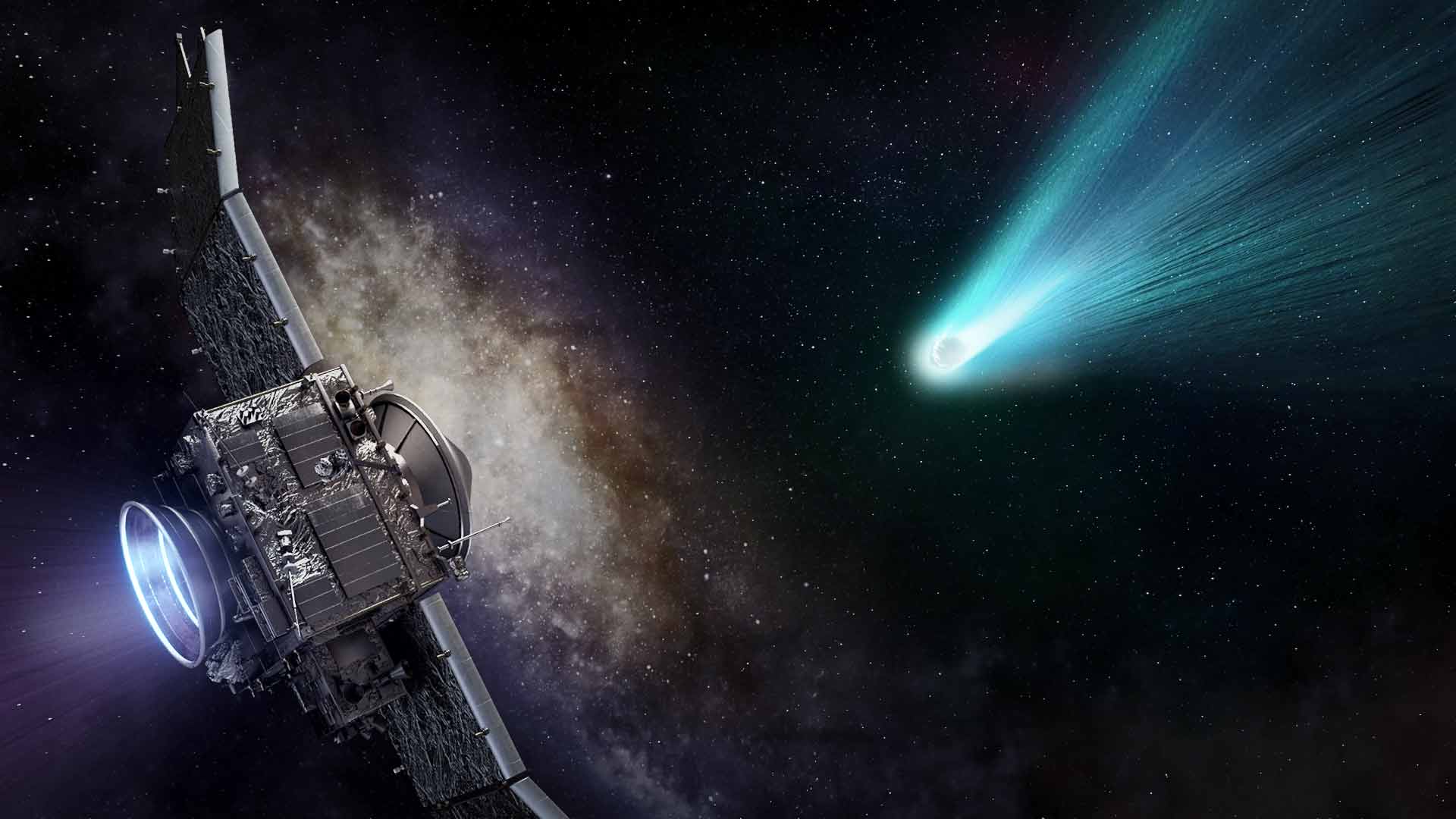Comet news, features and articles
Latest about Comets
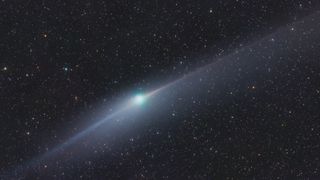
Explosive 'devil comet' grows seemingly impossible 2nd tail after close flyby of Earth — but it's not what it seems
By Harry Baker published
Comet 12P/Pons-Brooks, also known as the devil comet, recently made its closest approach to Earth for more than 70 years. During this close encounter, astrophotographers spotted a seemingly impossible "anti-tail" coming off the comet thanks to an extremely rare optical illusion.
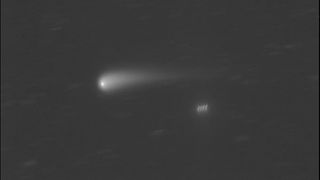
Bright comet headed toward Earth could be visible with the naked eye
By Joe Rao published
The incoming comet Tsuchinshan–ATLAS might become as brilliant as Venus during its close approach to Earth this fall, potentially making it visible to the naked eye.
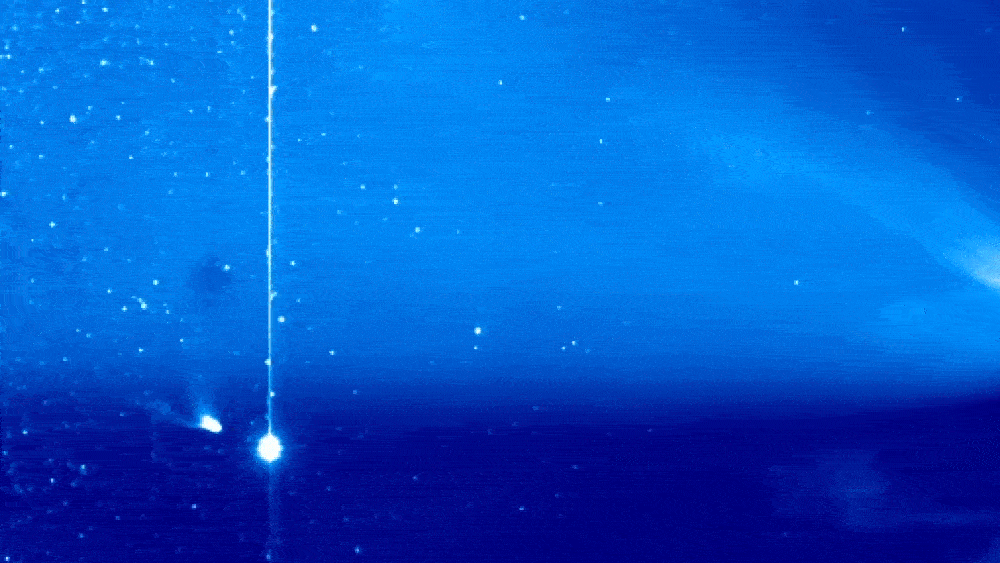
See the explosive 'devil comet' get its tail ripped off by a solar storm days before its close approach to the sun
By Harry Baker published
A surprise coronal mass ejection recently smashed into Comet 12P/Pons-Brooks, briefly causing the "devil comet" to lose its tail — and a NASA spacecraft caught the whole thing on camera.
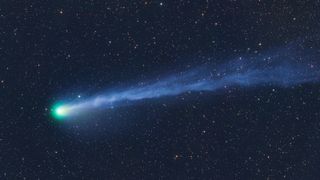
Explosive 'devil comet' 12P will soon be at its brightest and best. Here's how to see it before it disappears.
By Jamie Carter published
The explosive green 'devil comet' 12P/ Pons-Brooks is about to reach its closest point to the sun. Here's how to see the rare visitor at its best and brightest.
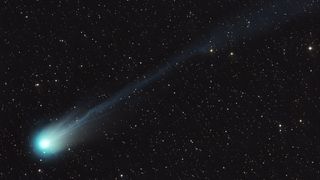
Explosive green 'Mother of Dragons' comet now visible in the Northern Hemisphere
By Jennifer Nalewicki published
The green comet 12P/Pons-Brooks is now visible in the night sky in North America. Here's how to see it.
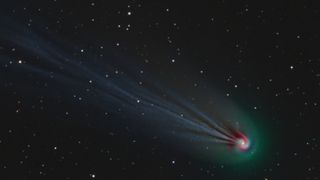
Explosive, green 'devil comet' has hidden spiral swirling around its icy heart, photo trickery reveals
By Harry Baker published
New, specially edited photos show a previously unseen swirl of light surrounding the city-size comet 12P/Pons-Brooks, which is currently racing toward the sun and will later zoom past Earth.

Watch the exploding green 'devil comet' zoom past the Andromeda Galaxy in a stunning livestream this week
By Harry Baker published
Comet 12P/Pons-Brooks is currently sailing past the Andromeda Galaxy in the night sky as it races toward Earth, and you can watch it live this week.
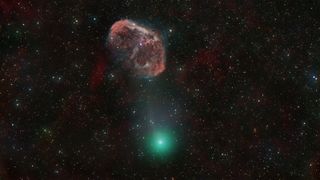
Explosive, green 'devil comet' photobombs ethereal nebula as it races toward Earth
By Harry Baker published
The green-tinged cryovolcanic Comet 12P/Pons-Brooks, which is due to pass by Earth later this year, was recently spotted zooming past the crimson-colored Crescent Nebula in stunning new photos.
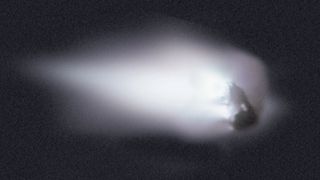
Halley's Comet has begun its return journey to Earth
By Brandon Specktor published
Halley's Comet was predicted to reach its farthest point from the sun on Dec. 9, beginning a 38-year journey toward Earth that culminates in 2061.
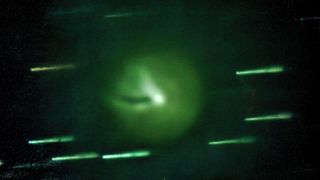
City-size 'devil comet' headed for Earth loses its iconic horns and turns green after latest volcanic eruption
By Harry Baker published
The latest and most violent eruption of the cryovolcanic comet 12P/Pons-Brooks, which will make its long-awaited closest approach to Earth next year, shows that the icy object may have lost its iconic devil horns for good.
Get the world’s most fascinating discoveries delivered straight to your inbox.


